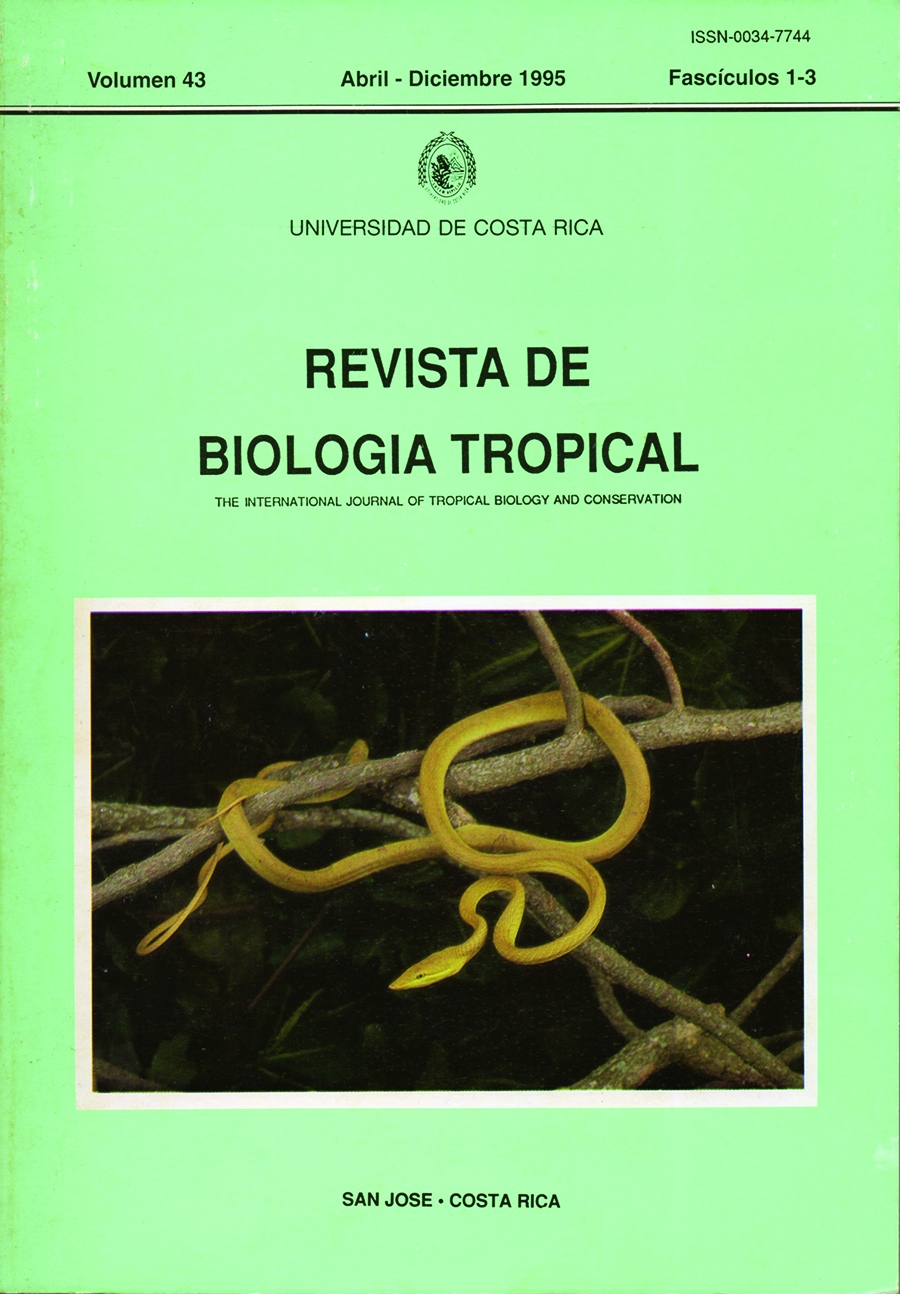Abstract
The neotropical terrestrial snail Succinea costaricana has become a quarantenary pest in ornamental plants (Dracaena marginata, Dracaenaceae). Specimens were collected in GuápiJes, Limón, Costa Rica, where they reached a density of 282900 individualslha. In the field, reproduction is continuous (as is rainfall) and eggs, young and copulating pairs are found mainly under moist litter. The population concentrated on plants rather than on the soil and greatly decreased after several control methods were applied. The life cycle was studied in the laboratory. The following are mean values: 7 eggs/cluster; lA mm egg diameter; 0. 25 and 0. 84 mm embryo and newborn shell length, respectively; 11 days (embryo development at 24 oC); 16 mm/min locomotion speed (young). The animals can reproduce at 12 weeks (lifespan: 44 weeks). The pigmentation pattern is defined after seven weeks.##plugins.facebook.comentarios##

This work is licensed under a Creative Commons Attribution 4.0 International License.
Copyright (c) 1995 Revista de Biología Tropical
Downloads
Download data is not yet available.


